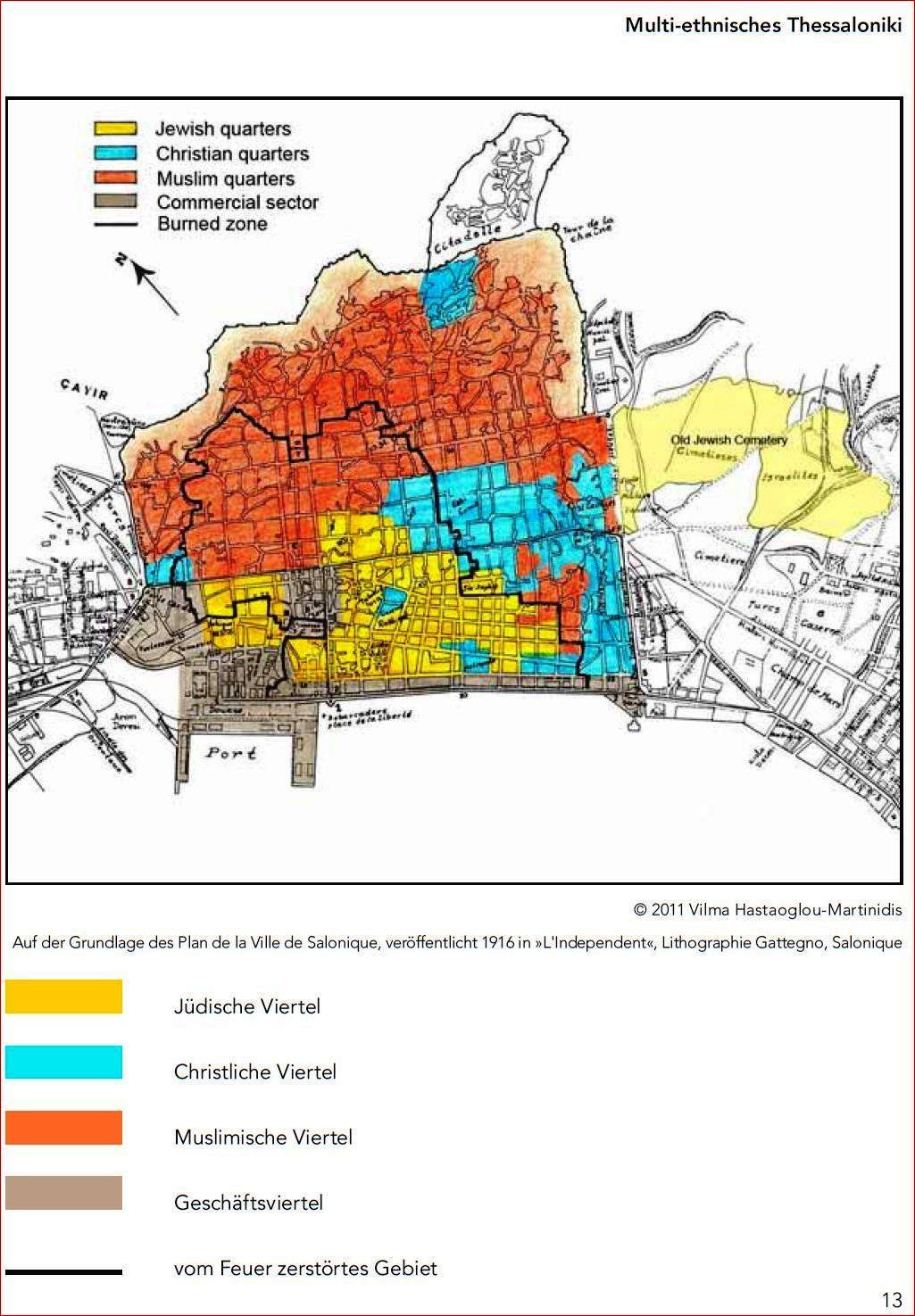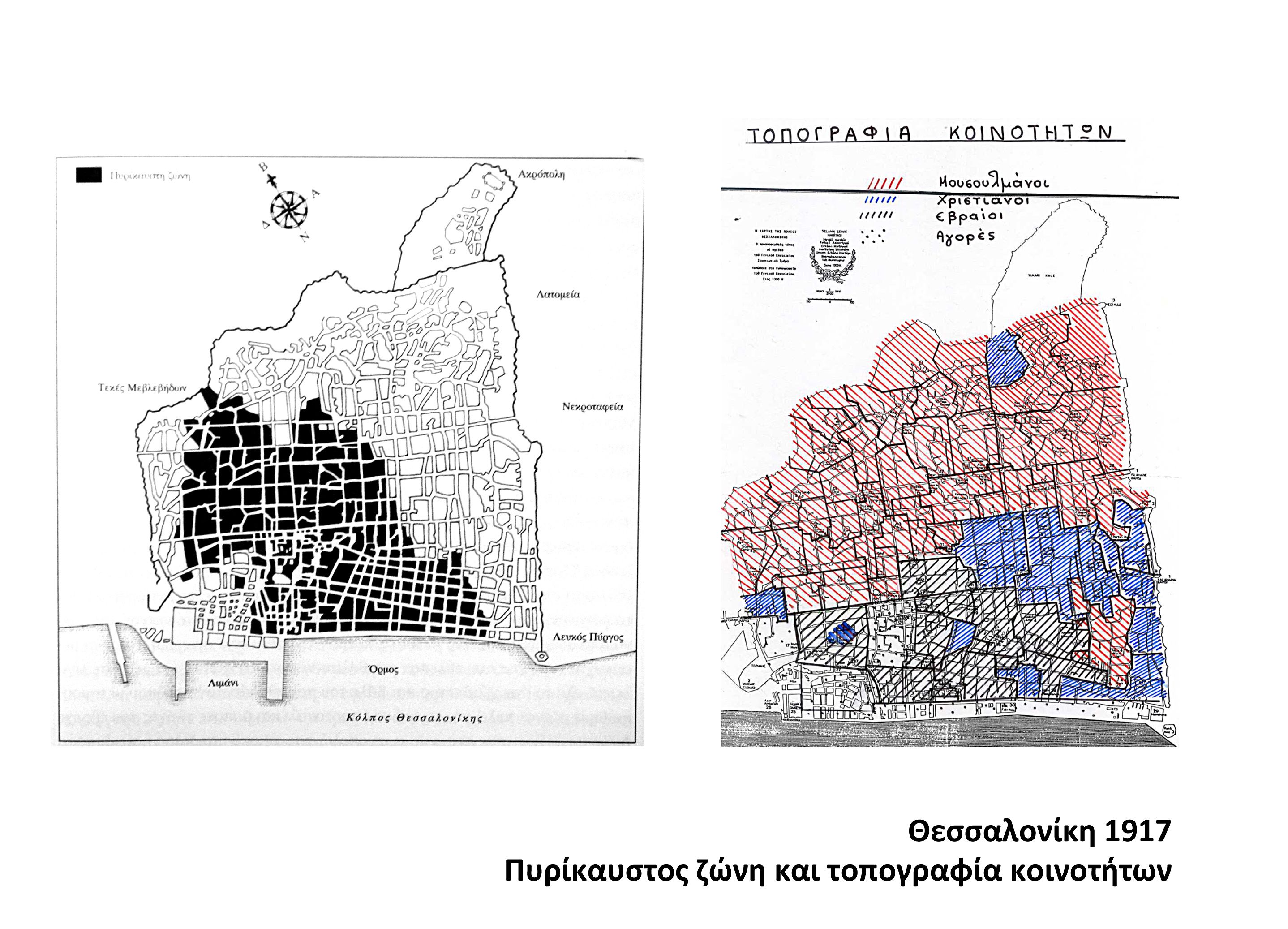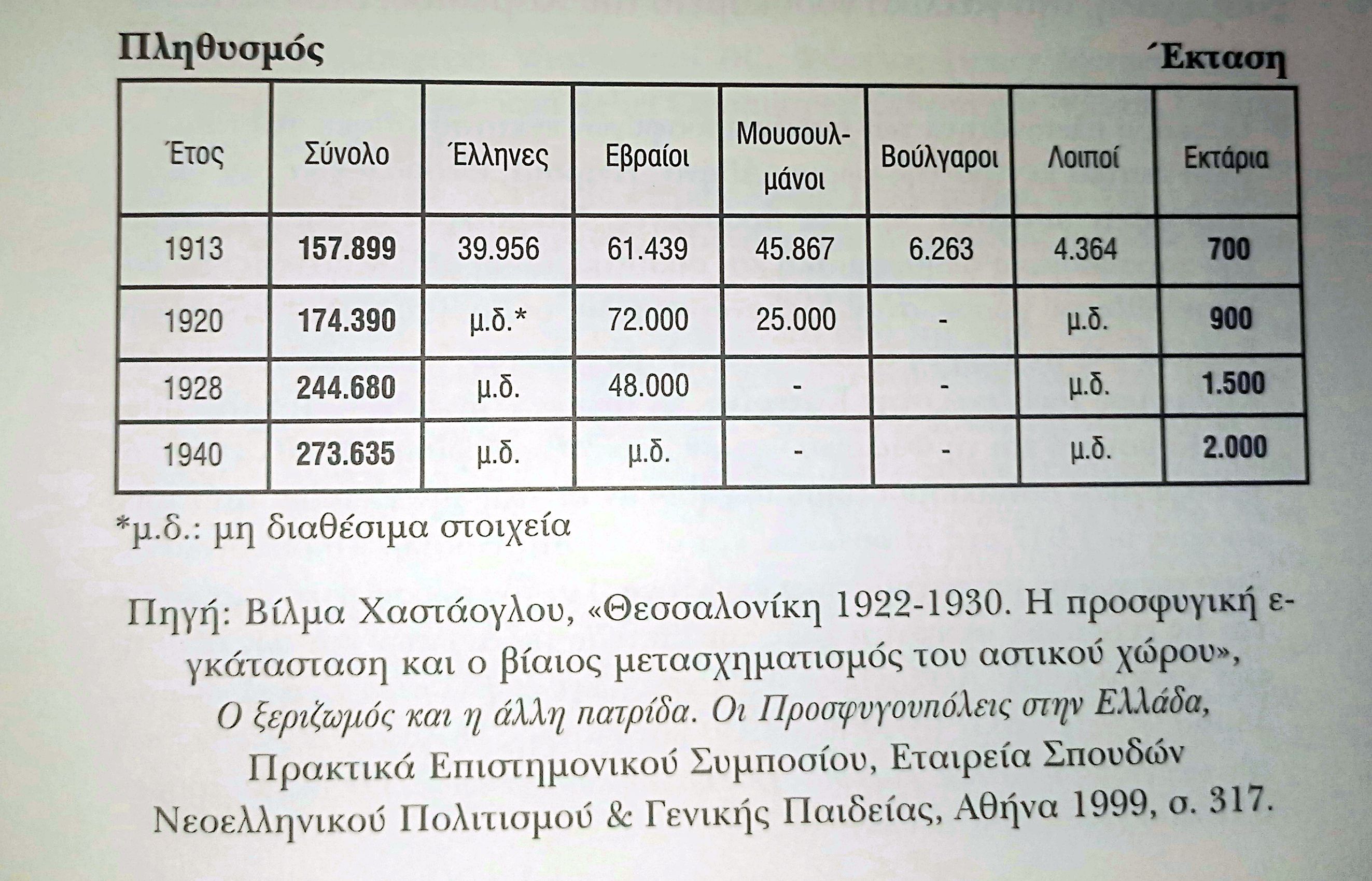Walking in the footsteps of the people of Thessaloniki
Today’s Ano Poli in Thessaloniki used to be known as Bayir (the slope) and the majority of its residents were Muslims. Before its integration into the Greek state, Thessaloniki was a multi-ethnic, multi-religious city inhabited mostly by Jews, Muslims and Christians, but also by other, smaller, ethnic and religious groups. Since it was integrated into the Greek state in 1912, the city has been constantly transformed by successive population movements.
The Asia Minor Catastrophe and the population exchange that followed shaped modern Thessaloniki. The city’s Muslim community moved to Turkey, while Ano Poli, where most of the Muslims had been residing, turned into a large refugee neighbourhood.
‘They let us off at the port and from there we had to find a place to stay. We found a house near the monastery.’
‘We stayed at Kule Kafe, at a Hodja’s house.’
‘They took us to Kule Kafe, I don’t know if you’ve heard of it. It’s known as Akropoli. So, they took us to Akropoli, to Tsinari and put us in some Turkish houses. We stayed there for about two years.’
‘We heard that in Thessaloniki they give away Turkish houses. We came to Eptapyrgio, stayed here for a while but couldn’t get houses, because you needed someone to intervene on your behalf and you needed money.’
Excerpt from Thomas Sideris’ radio show Afylakti Diavasi, ‘Thessaloniki’s refugee neighbourhoods’, 17.9.2021.
If the arrival of Christian refugees defined the interwar era, it was the extermination of the city’s Jewish community during the Second World War that sealed the transformation of Thessaloniki’s urban profile and anthropogeography. Soon afterwards, many inhabitants of rural Macedonia as well as Thessaloniki residents started migrating to Germany and other countries in Western Europe.
During the interwar period, the residents of Ano Poli became active in the city’s workers’ movement and, compared to other parts of the city, showed increased support for the Greek Communist Party (KKE). During the German occupation, they participated en masse in the National Liberation Front (EAM), the main movement of the Greek resistance, and just days before the city’s liberation, the headquarters of the Greek People’s Liberation Army (ELAS) were located in Villa Moskoff in Ano Poli.
In the 1990s, the collapse of the socialist regimes brought to the city populations from Albania and other countries of the former Soviet Union (Georgia, Russia, Armenia), many of whom were of Pontian origins. Both on the social and institutional level, these populations were met with an inhospitable reception. At the beginning of the 21st century, population movements from Africa, the Middle East, and Asia to Europe resulted in the arrival of new permanent and temporary residents in the city. The escalation of the war in Syria caused these movements to reach a peak in 2015. It was during that time that the largest informal refugee encampment in Europe was assembled just a few kilometres from Thessaloniki, in Eidomeni, Kilkis.
From the multiethnic Thessaloniki of the Ottoman Empire in the early 20th century to the modern Greek city of today, thousands of people have passed through the neighbourhood of Ano Poli. In today’s walk, we will trace the footsteps they have left behind.
Objects



